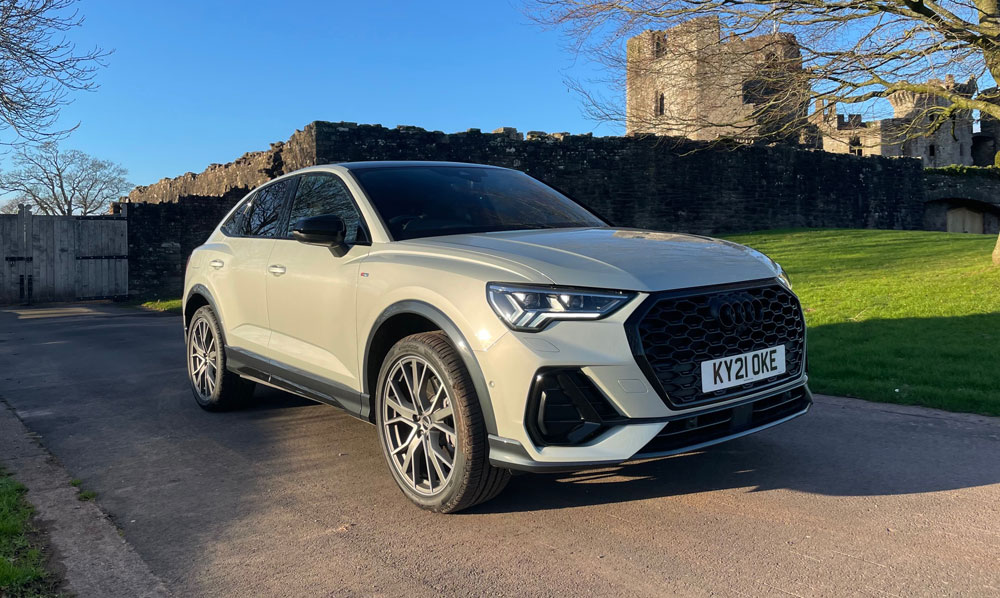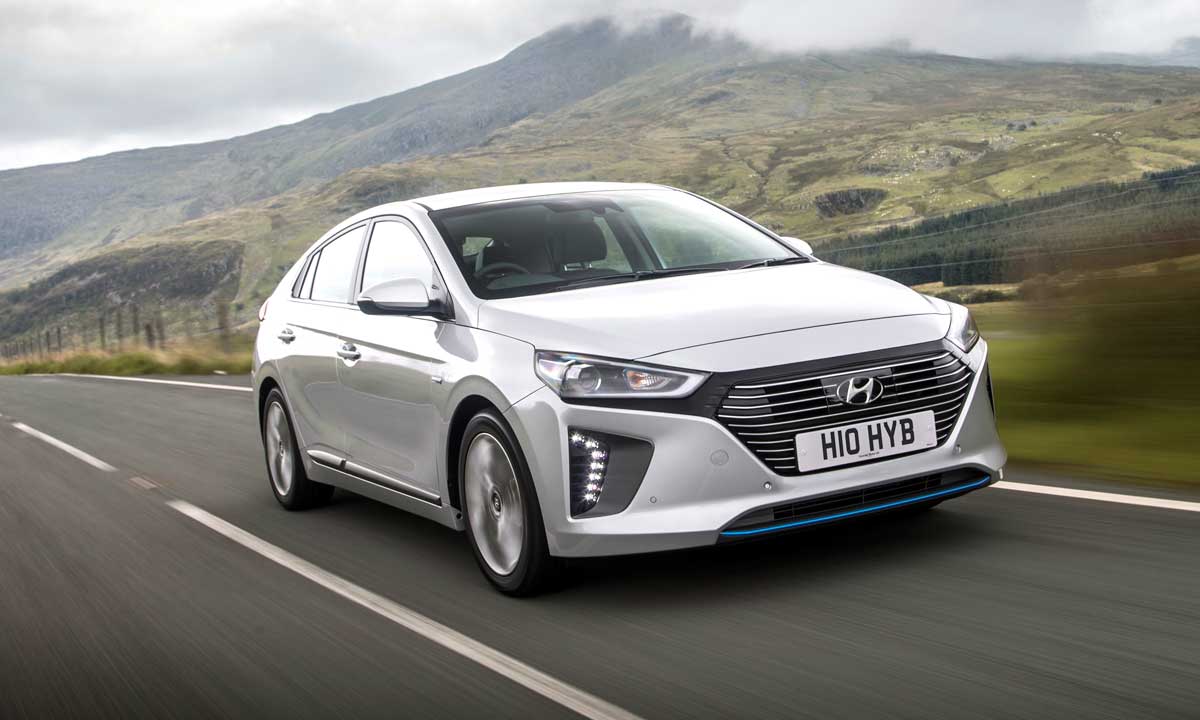
Hyundai
Ioniq
The Hyundai Ioniq is the world’s first car offering three electrified powertrains with hybrid, plug-in and all-electric models completing the line-up. The five-door family car looks stylish, is packed with technology and drives exceptionally well.
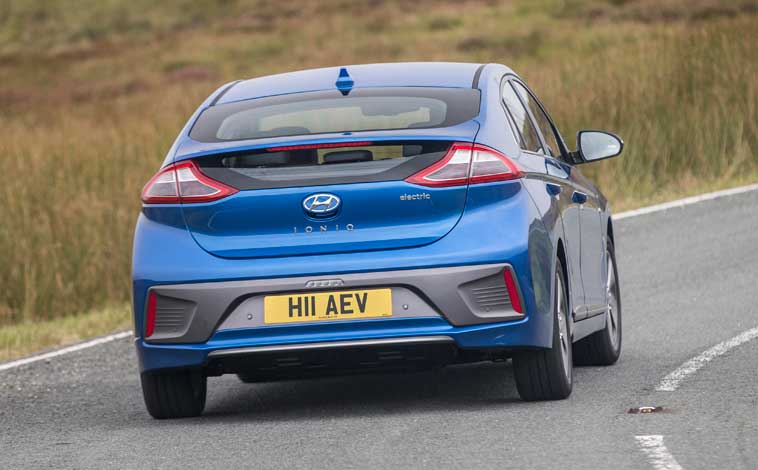
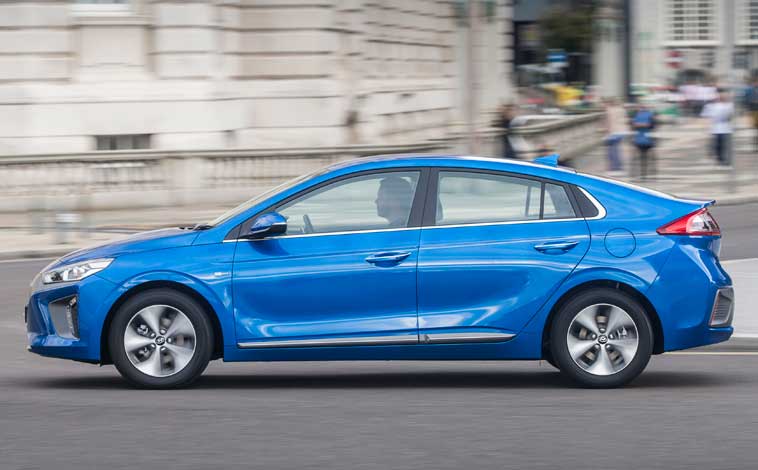
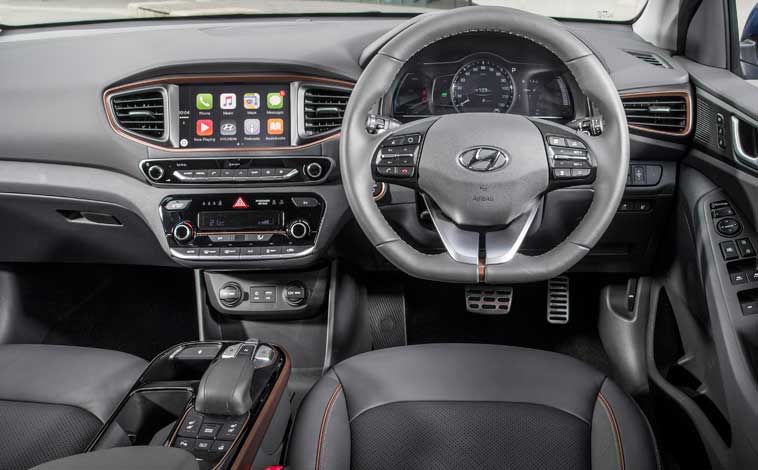
The good
Good looks, packed with technology and choice of three electrified powertrainsThe bad
CostlyTech Specs
Test Drive
Hyundai Ioniq – first drive (2017)
The electric revolution is well and truly underway and the latest manufacturer to throw its hat into the ring is Hyundai with a fabulous car that caters for any eco-minded motorist looking to do their bit for the planet without compromising on the driving stakes.
There is an ever-increasing demand for hybrids which are powered by either a diesel or petrol engine working in tandem with an electric motor, plug-in hybrids and total electric vehicles – and the Korean manufacturer is the first to offer all these three electrified powertrains in one single model called the Ioniq.
But whilst some ‘greener’ cars look, sound and worst of all, drive like overpowered milk floats the Ioniq is very ‘normal’ and that is the best compliment it’s possible to pay. It looks like an upmarket family hatchback with modern styling and all the on-board technology we expect these days, but on closer inspection the Ioniq is so much more.
Prices start from a very competitive £19,995 for the hybrid model which is available in SE, Premium and Premium SE trim levels and mates a 1.6-litre 141PS petrol engine to a 43PS electric motor. Another very big plus factor is the gearbox. Rather than opting for the somewhat unpopular CVT option, the Ioniq features a six-speed dual clutch transmission which is far more responsive, quieter and efficient.
The Ioniq Hybrid is available in seven colours and it’s very easy on the eye thanks to its upright stance, smart alloys, Bi-Xenon headlights with LED rear combination lamps, a split rear screen with spoiler, chrome trim and signature grille.
The interior is generously equipped and, depending on the trim level, you can expect to see the likes of an eight-inch touchscreen with sat nav, Bluetooth connectivity, an eight-speaker sound system, Apple CarPlay and Android Auto, heated seats, dual zone climate control, alloy pedals and wireless phone charging.
Driver aids are comprehensive too with automatic emergency braking, adaptive cruise control and lane keeping assist just a few of the systems in operation.
The interior is exceptionally spacious with ample room for five adults (although the middle seat in the rear is slightly elevated) and the boot can accommodate a generous 443 litres of luggage which is increased to 1,505 with the rear seats dropped flat.
Unlike some hybrid models, the Ioniq’s instrumentation panel is not set out like mission control. It’s simple, clear and easy to understand with minimal power and energy read-outs to confuse users.
I tested out the Hybrid model in Premium SE trim priced at £23,995. This model has a 0-62mph sprint time of 11.1 seconds and a top speed of 115mph. According to official figures the combined economy is 70.6mpg with carbon emissions of 92g/km.
Unlike some rivals, the Ioniq is very lively and acceleration is swift and constant with smooth acceleration through the traditional automatic gearbox. I made a point of taking the car up a long winding hill and it coped admirably where some CVTs would be screaming and whining by the top.
On the open country lanes the stability and road-holding was assured, the steering precise and the cabin beautifully insulated against outside noise. To be honest there were very few clues that the car was a hybrid – once again this is meant as a complement to Hyundai.
The option to choose between Sport and Eco driving modes also adds to the fun. In Sport mode the lower gears are held longer and a combination of power from the engine and electric motor delivers maximised performance. By contrast, in Eco mode, the gears changes are selected to maximise economy.
Next up was the Ioniq EV in Premium SE trim priced at £26,860 (which includes the Government’s plug-in grant). This model can reach from 0-62mph in 11.5 seconds, maxes out at 103mph and has a potential range of 174 miles.
This particular model is more instantly recognisable as something a little bit special thanks to its grille. Without the need to cool the motor, the grille is replaced by a smooth grey surface. Move inside and there is more information regarding charging, power levels, range and regeneration, but it is easy to comprehend. And the gears are selected by pressing drive, reverse, neutral or park – it’s that simple. Once again there are driving modes called Sport, Normal and Eco to enhance driving characteristics and efficiency.
The Ioniq Electric is a pure delight to drive with a constant supply of power on tap along with smooth and rapid acceleration. It’s fun playing with the regenerative braking to see how easy range limits can be extended. Deceleration helps to recharge the batteries and there are four levels of regeneration which are selected using the paddle shifts on the steering wheel.
The boot capacity is reduced slightly on the Ioniq Electric to 350 litres (1,410 litres with the rear seats dropped flat) to accommodate the batteries which are situated under the rear of the car.
Charging the vehicle to 80 per cent takes just 33 minutes via a rapid charger, or about four-and-a-half hours from a home charging point.
The final member of the Ioniq family – the plug-in hybrid version – is due out later this year, but if the first two models are an example of Hyundai’s drive towards a greener future then it will be greeted with much acclaim.
Latest Related NEWS
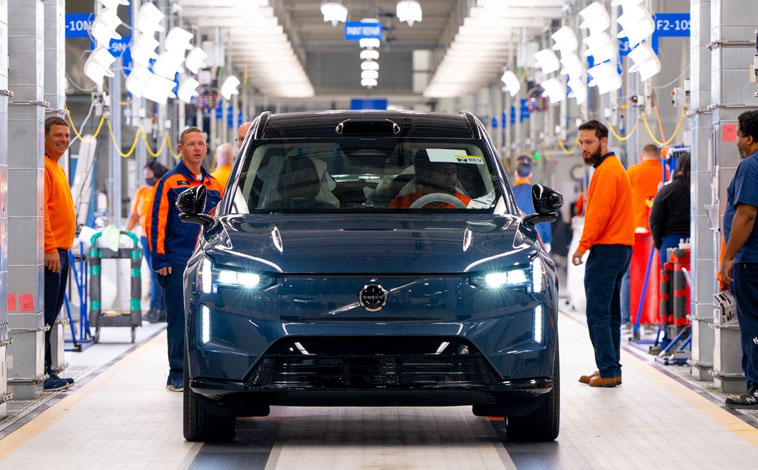
Volvo EX90 rolls off production line
Volvo is in a celebratory mood as its factory outside Charleston, South Carolina, [...]
Toyota’s bZ4X is out on policing duties
The Toyota bZ4X has taken on its first “blue light” public service role, [...]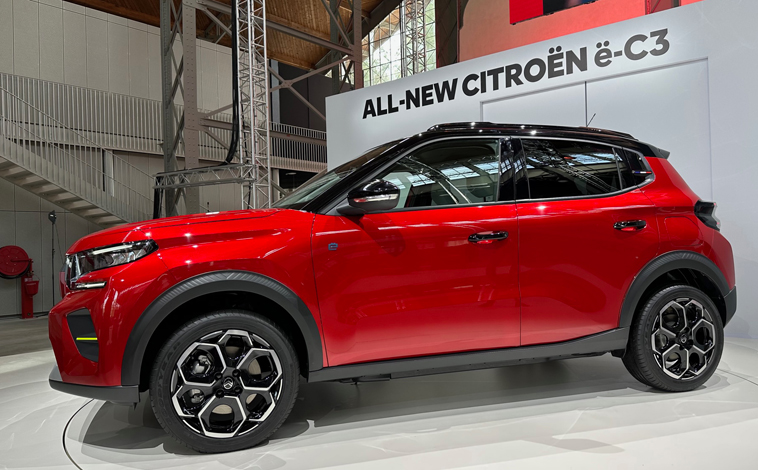
Citroen unveils its e-C3 game-changer
Citroen may not have reinvented the wheel, but it has certainly re-written the [...]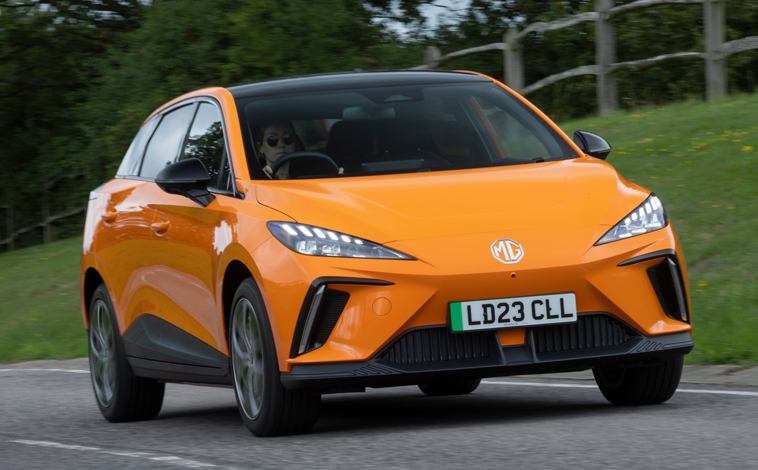
Latest MG4 EV can deliver 320-plus miles
MG has revealed the official pricing and specification of its new MG4 EV [...]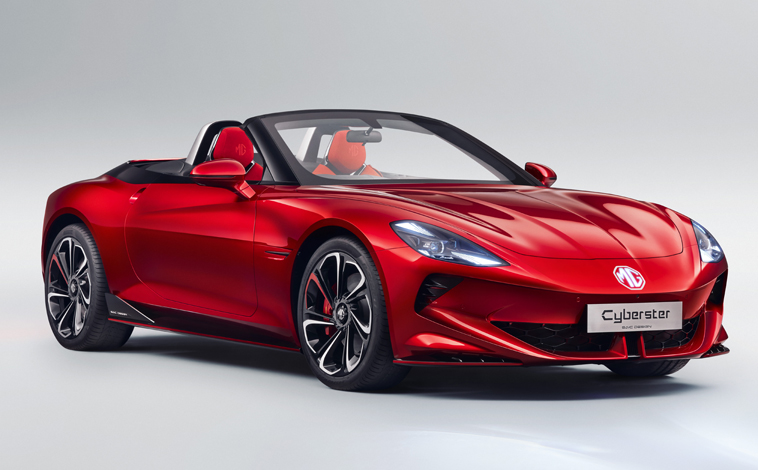
MG returns to its epic sports car roots
A pre-production design model of MG’s dramatic new sports car, the Cyberster, has [...]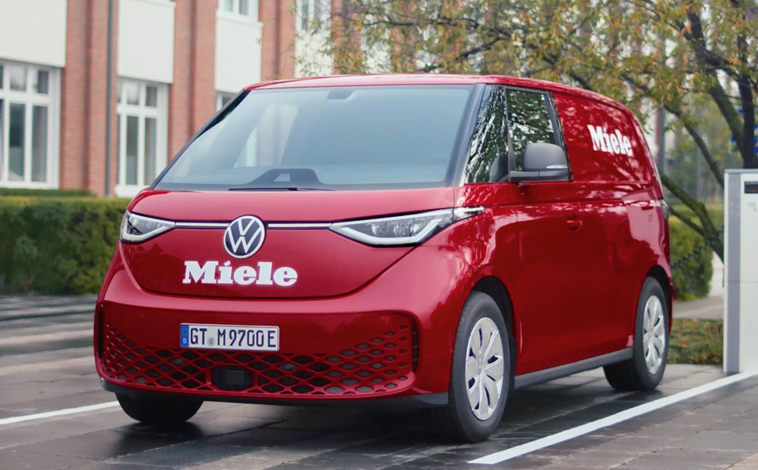
There’s a real Buzz about Miele vans
Premium household appliance manufacturer, Miele, has become the first customer to receive five [...]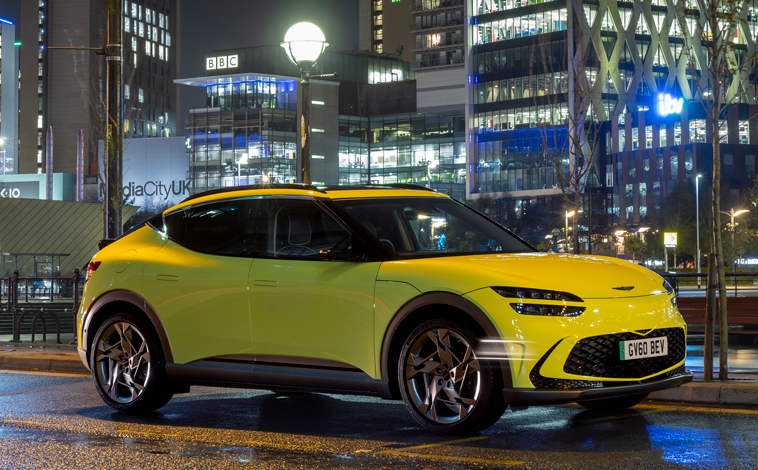
Genesis GV60 at the Salon Privé London
Luxury brand Genesis is the latest major car company to confirm its presence [...]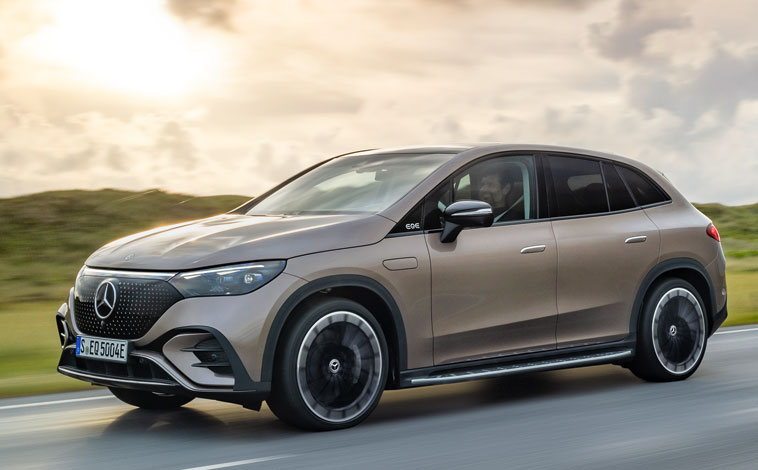
Mercedes electric EQE SUV on sale
The Mercedes-Benz EQE SUV is now on sale in the UK with prices [...]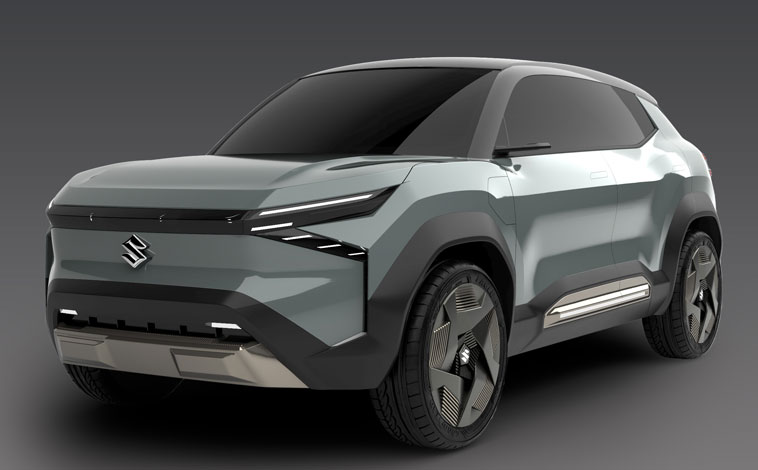
Suzuki’s EV concept car is unveiled
The world premiere of Suzuki’s EV concept model eVX has been made at [...]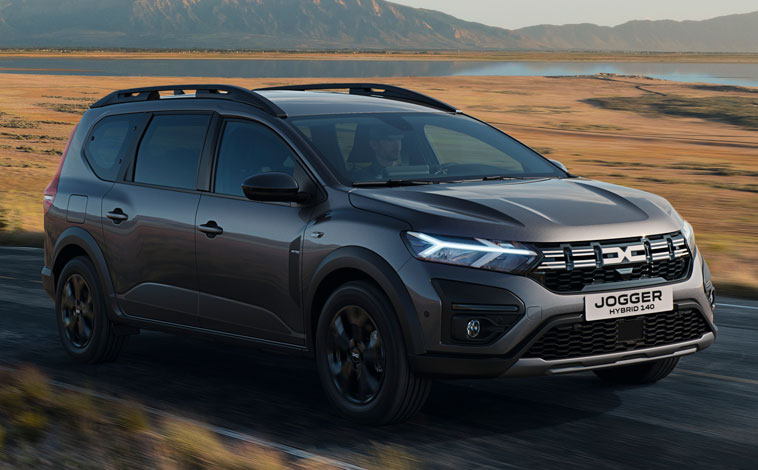
Dacia Jogger gains hybrid technology
Dacia has opened orders and confirmed full UK pricing and specifications for its [...]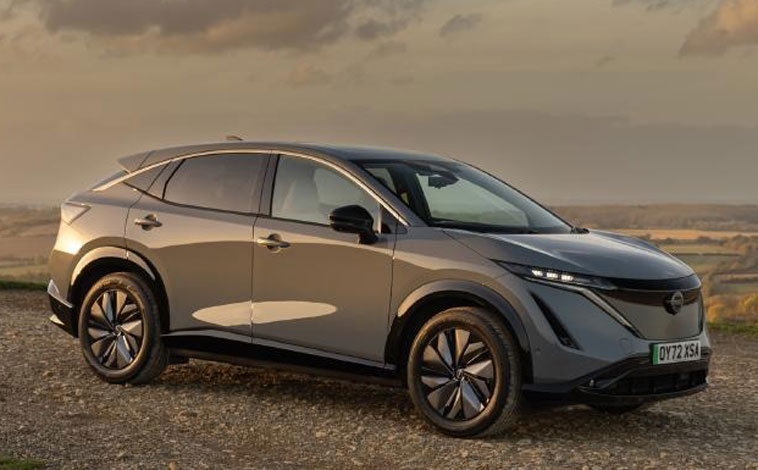
Nissan puts safety top of its priorities
Placing safety at the forefront of its ambitions, Nissan continues to push the [...]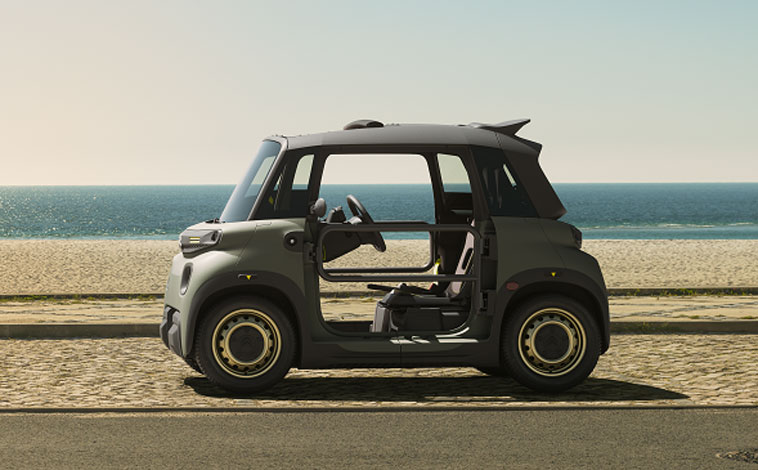
My Ami Buggy models are on their way
Citroën has announced that a limited run of just 1,000 My Ami Buggy [...]
Volvo launches new seven-seater EV
Volvo is launching a seven-seat SUV that is fully electrified and boasts all [...]
Introducing the mighty GMC Hummer EV
High-performance and luxury car specialist Clive Sutton has brought the first GMC Hummer [...]
Gridserve offers fastest EV charging
Gridserve has installed the UK’s fastest car charger for public usage at its [...]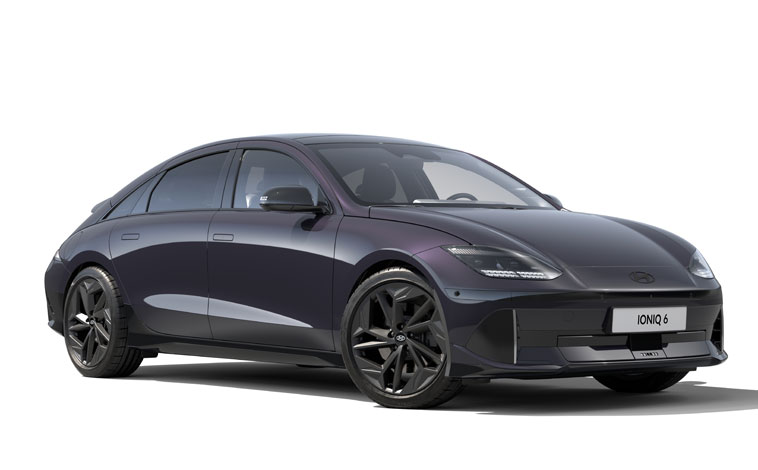
Introducing the IONIQ 6 First Edition
Hyundai has announced pricing and specification of the IONIQ 6 First Edition, the [...]Related Reviews
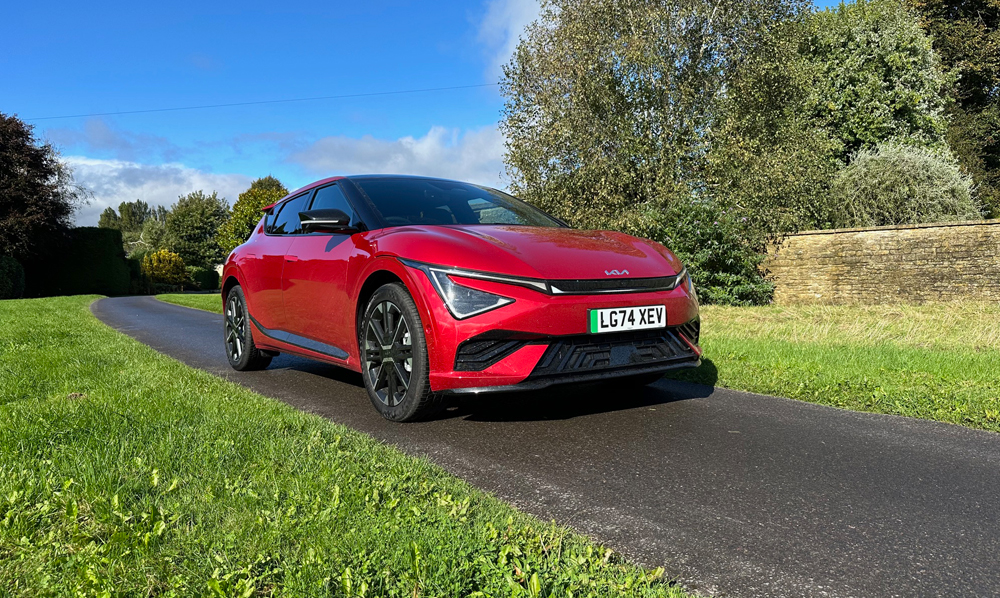
Highlighted Kia EV6
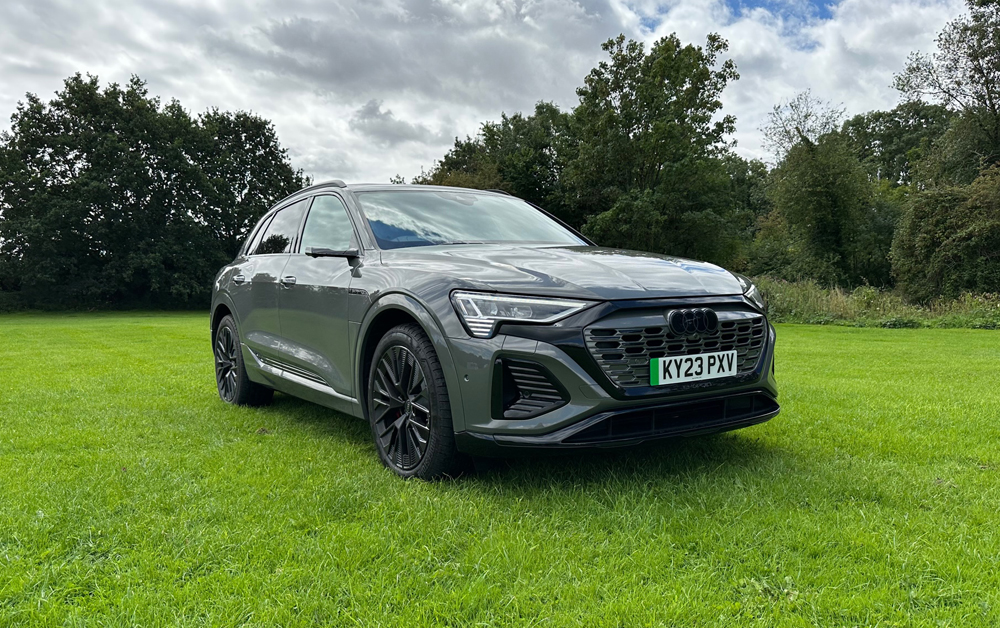
Audi Q8 e-tron

Mini Hatchback
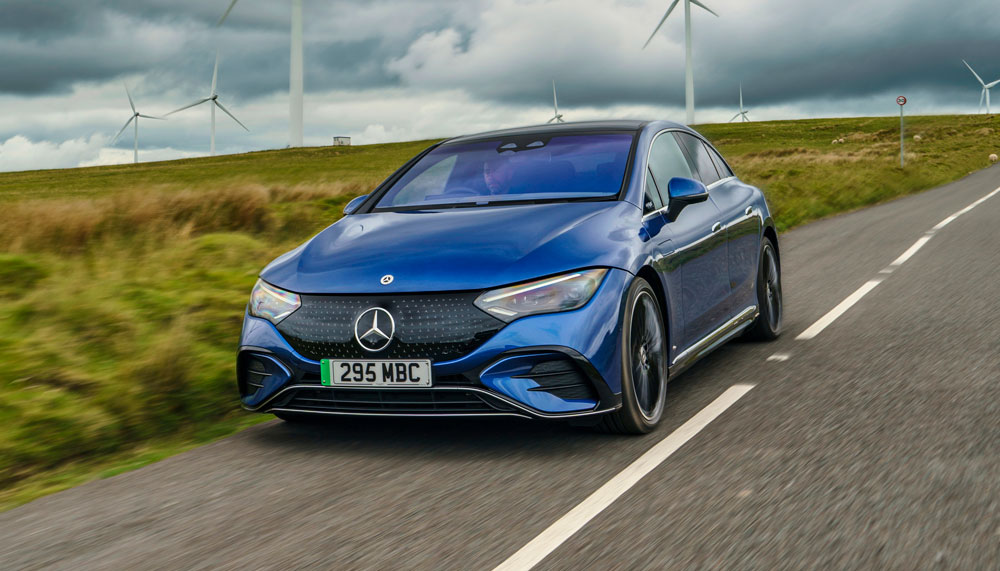
Mercedes-Benz EQE
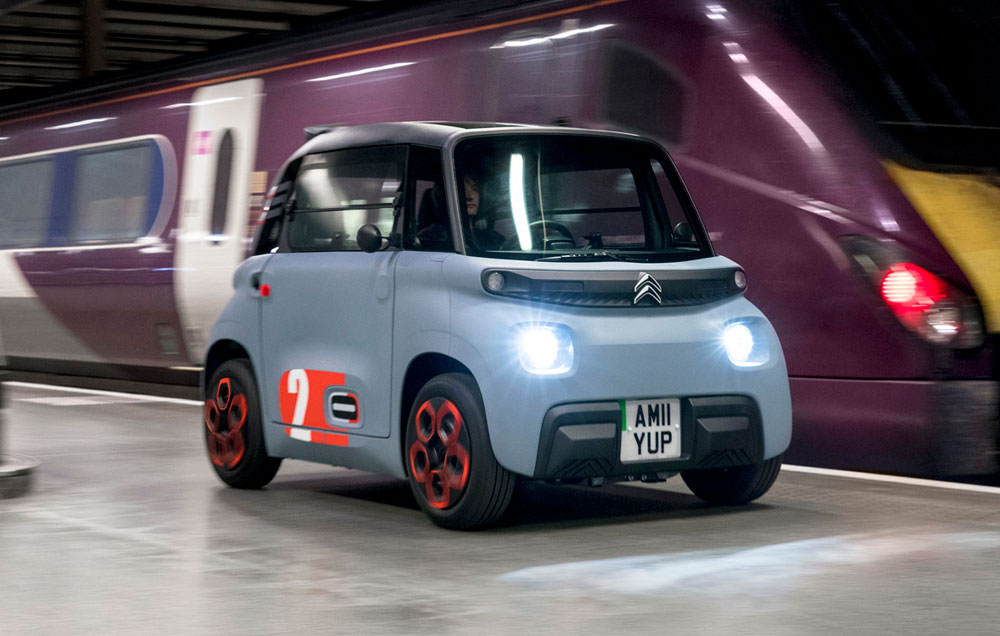
Citroen Feature Ami

Hyundai Kona
Toyota Proace
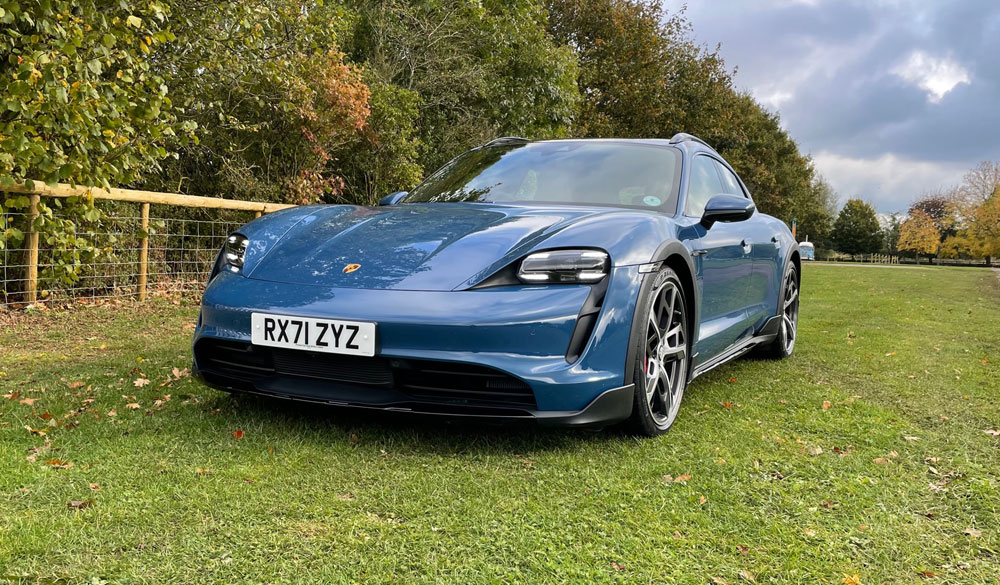
Highlighted Porsche Taycan
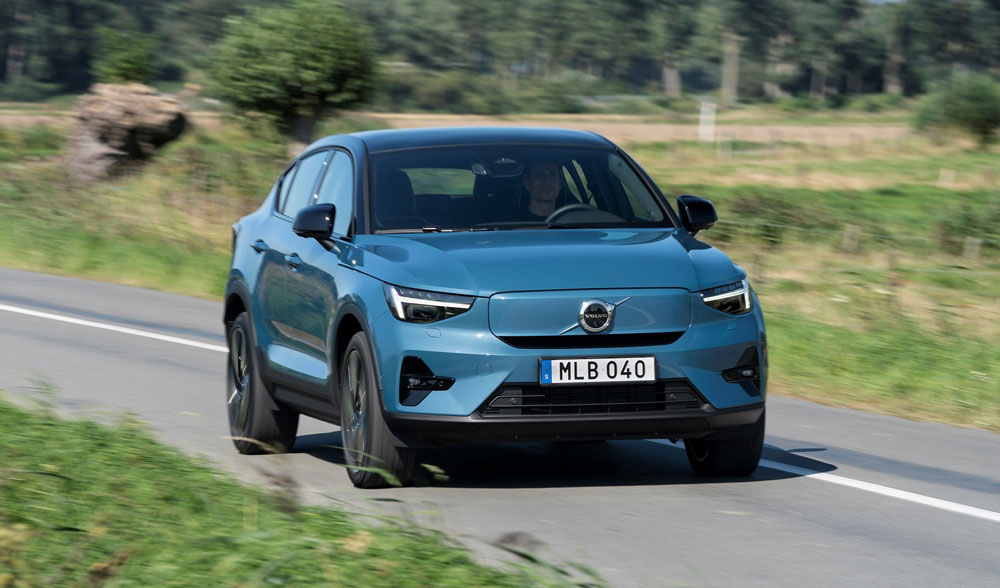
Highlighted Volvo C40
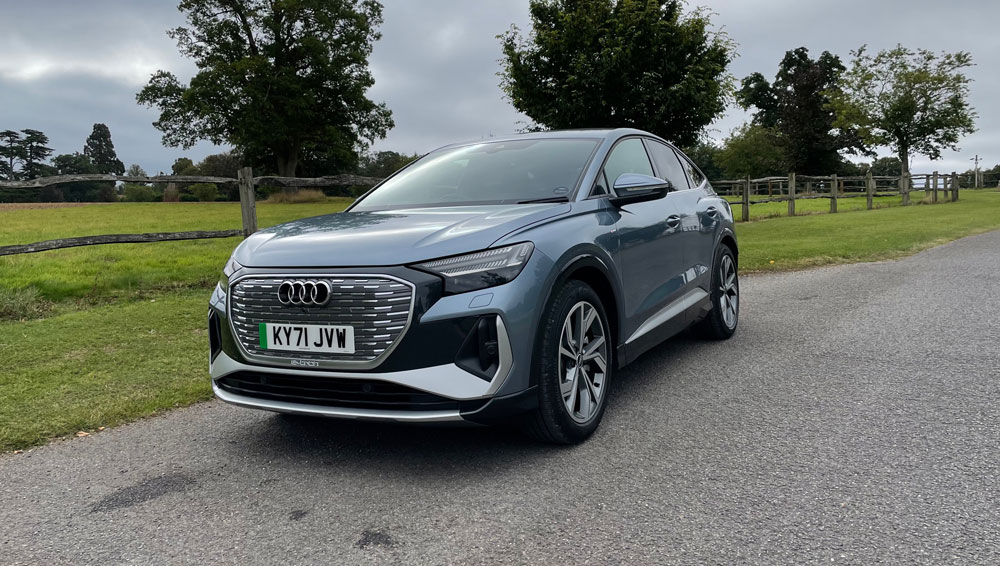
Audi Q4 e-tron
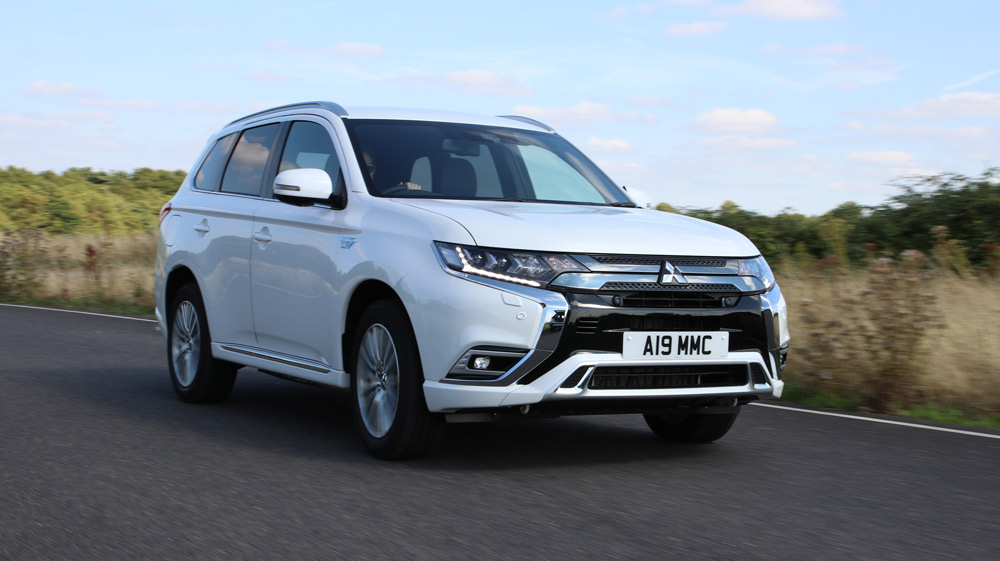
Mitsubishi Outlander
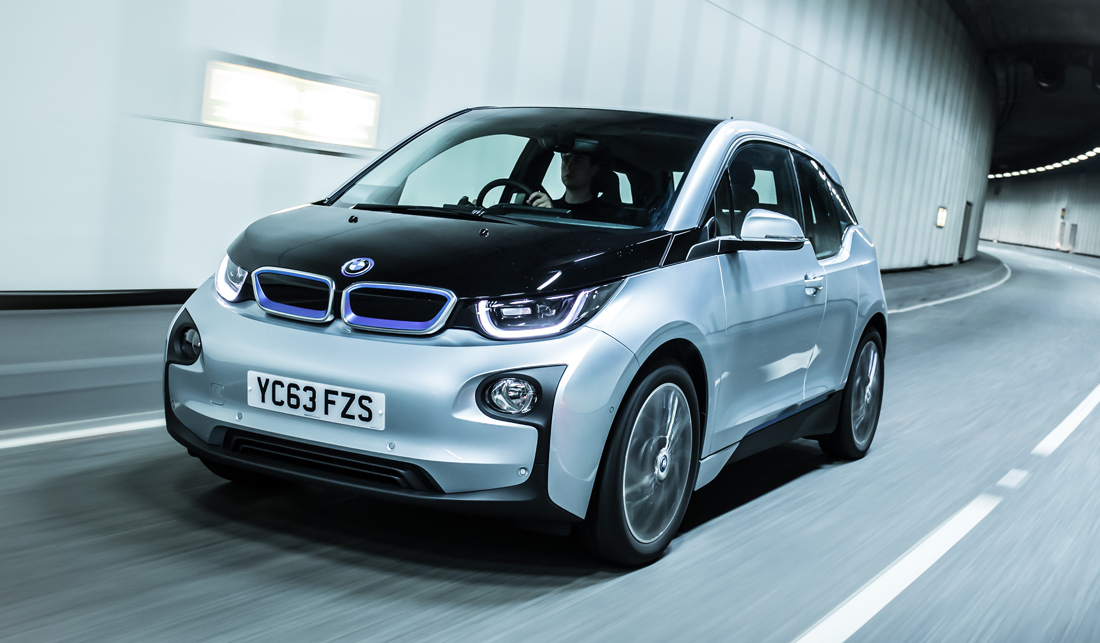
BMW i3

Nissan Ariya

Highlighted Kia EV6
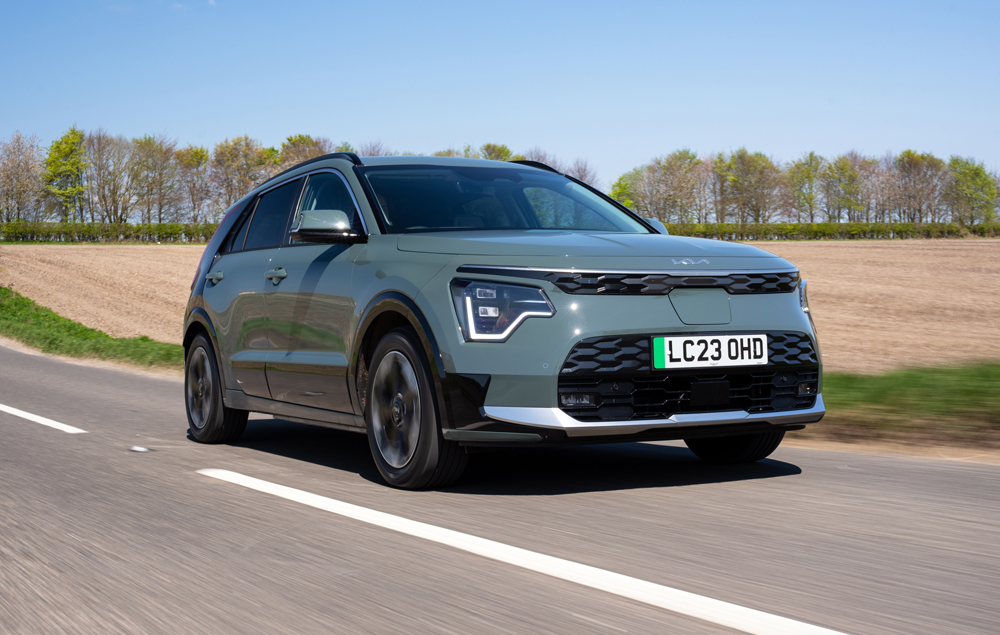
Kia Niro
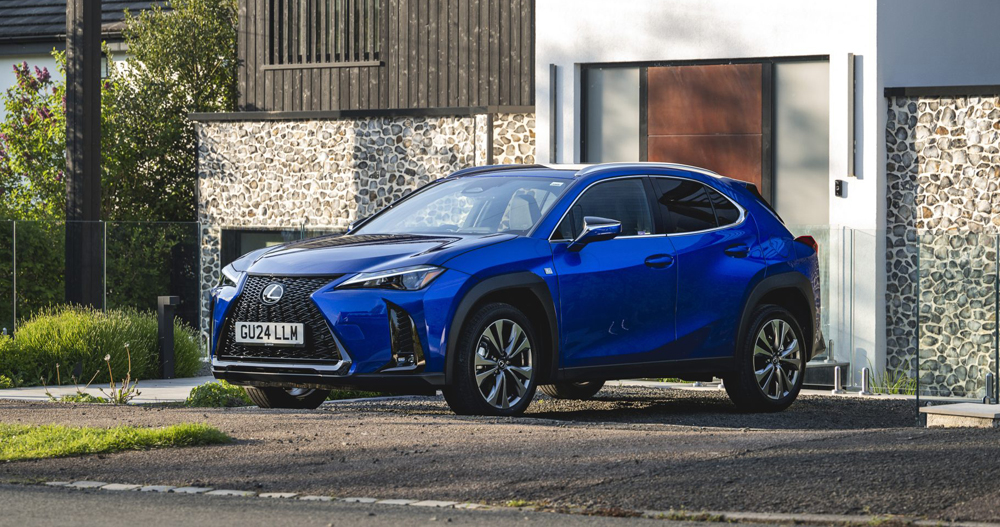
Highlighted Lexus UX
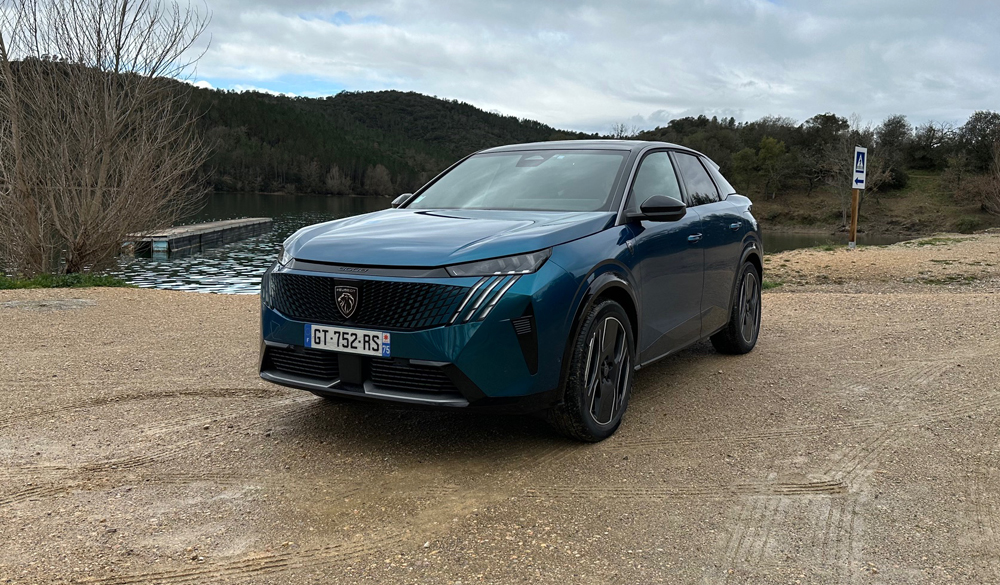
Highlighted Peugeot 3008/E-3008
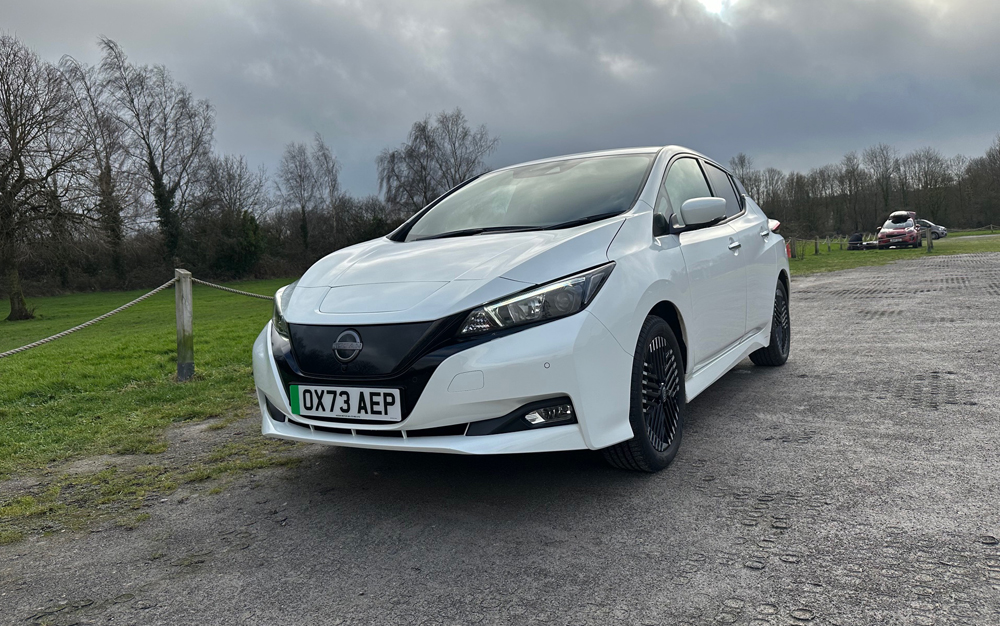
Nissan Leaf
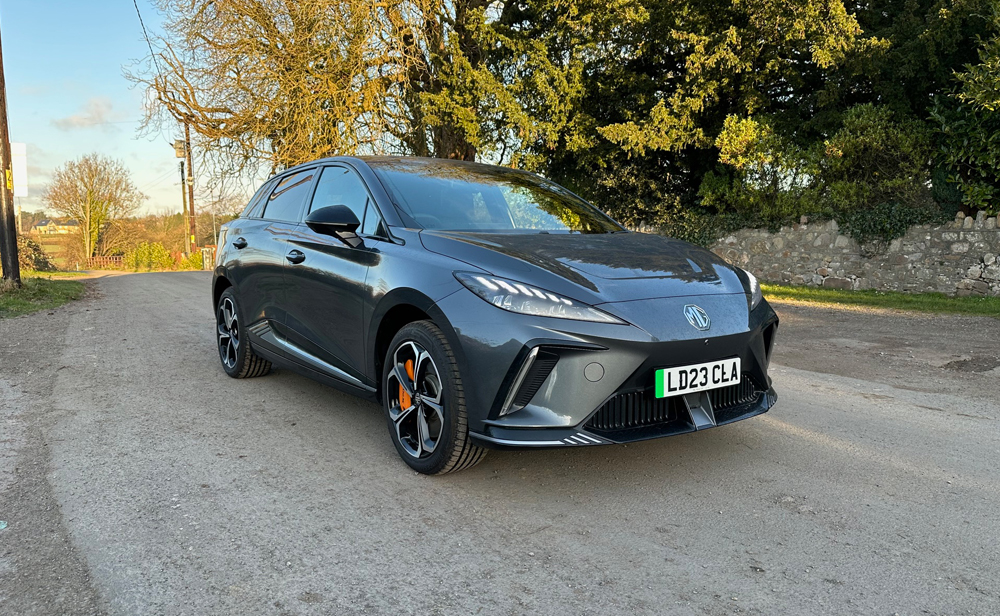
MG MG4
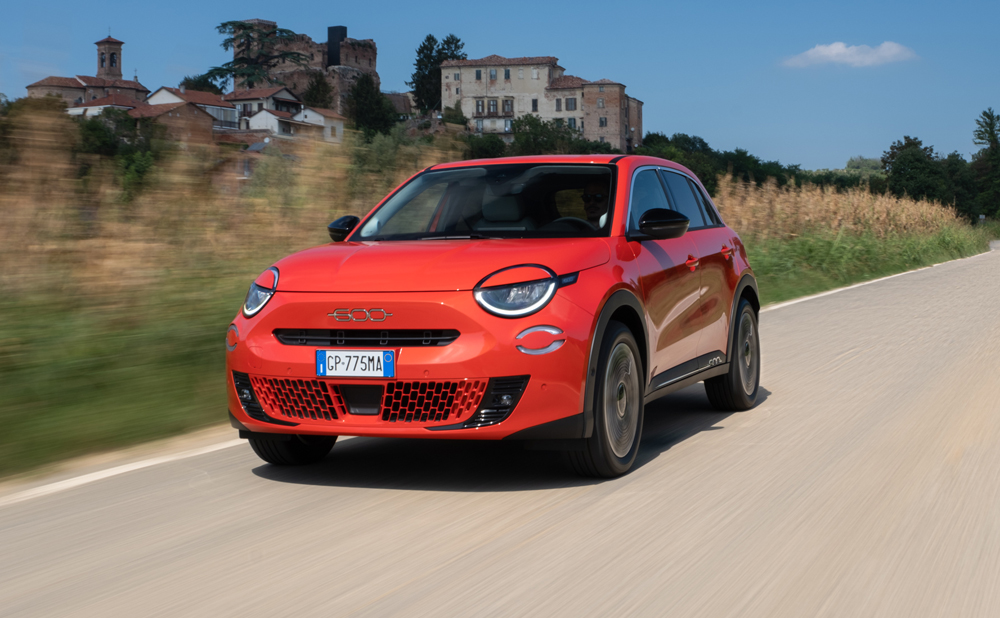
Fiat 600e

Kia EV9
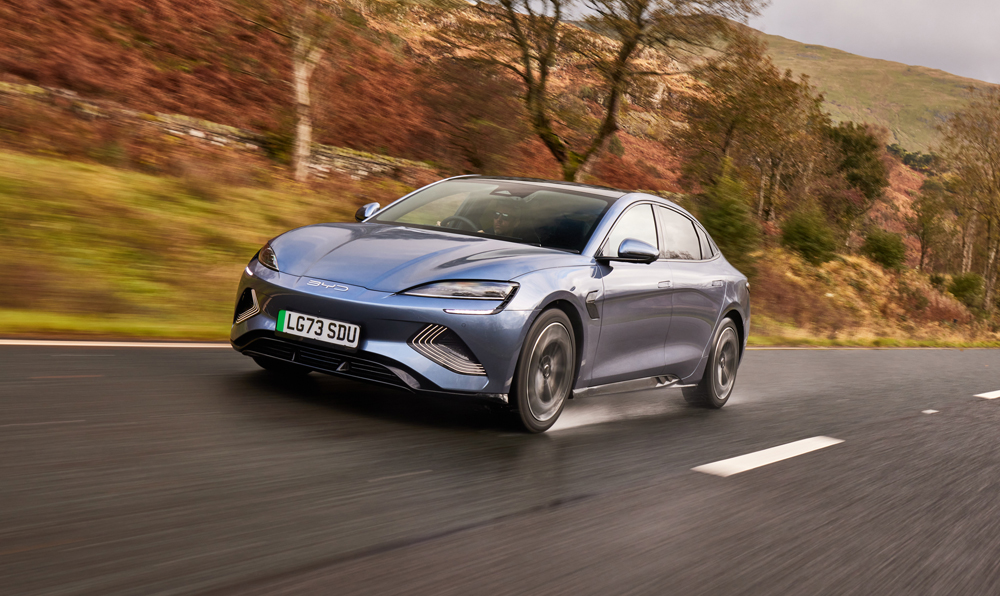
BYD Highlighted Seal
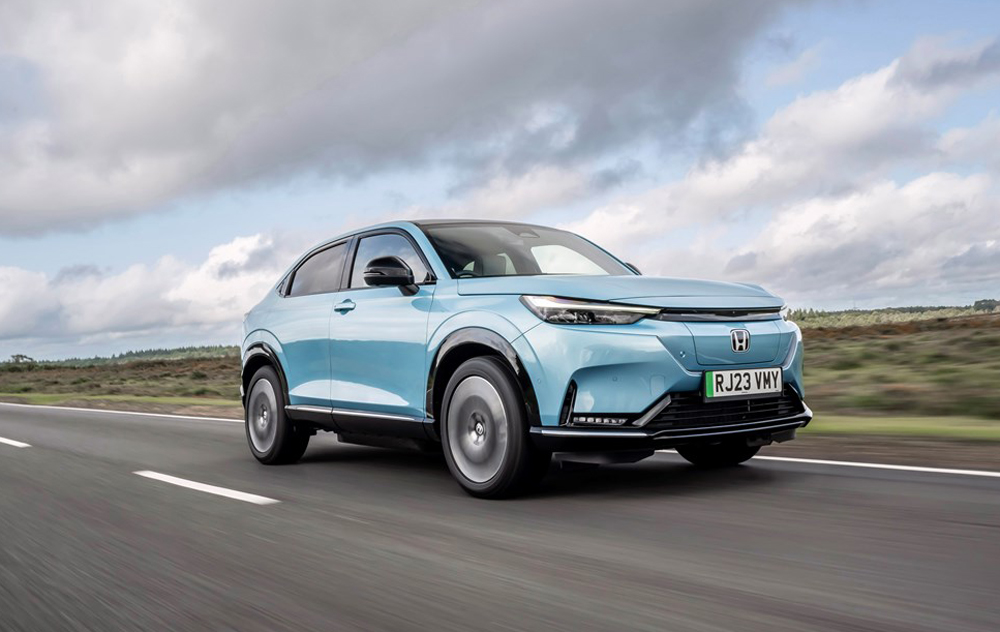
Highlighted Honda e:Ny1
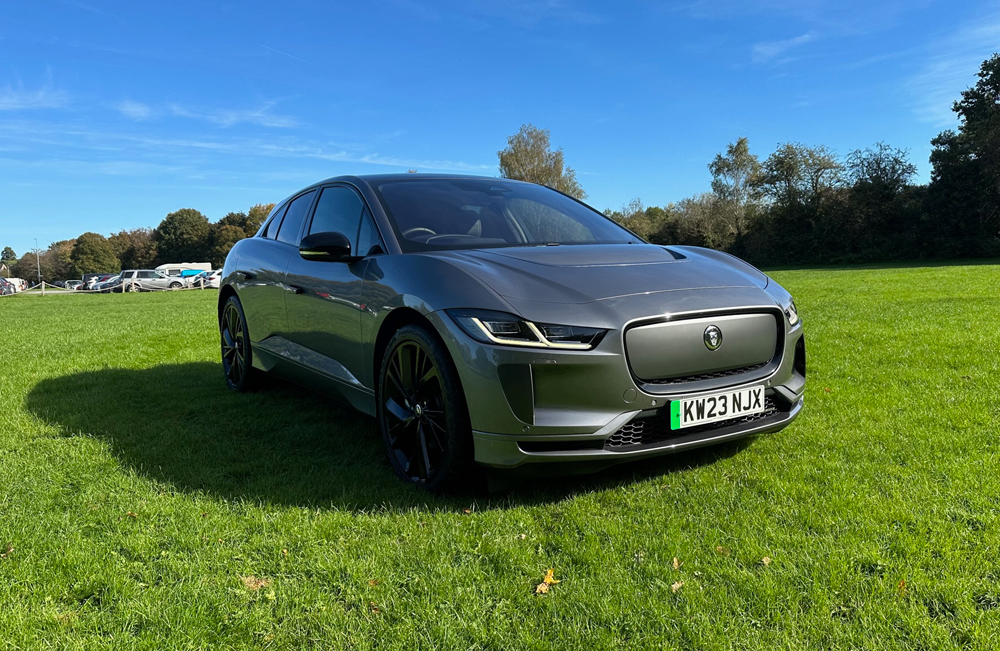
Jaguar I-PACE
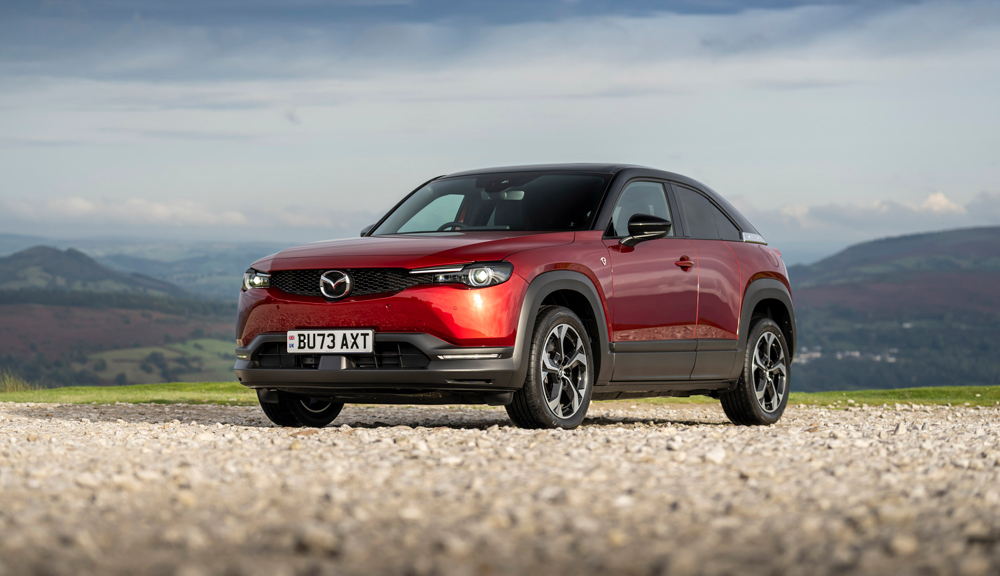
Highlighted Mazda MX-30

Audi Q8 e-tron
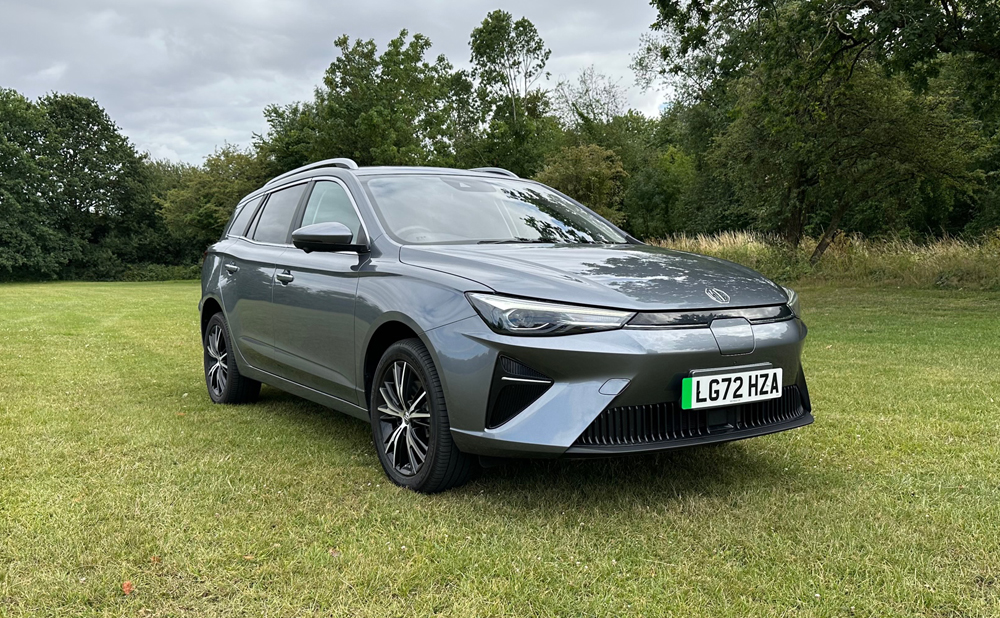
MG MG5 EV
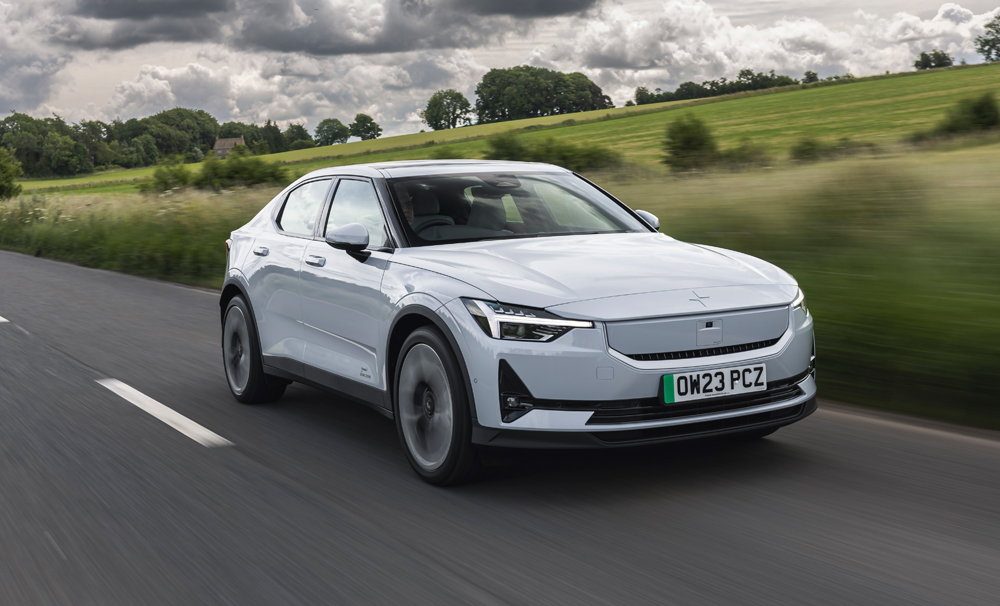
Polestar 2
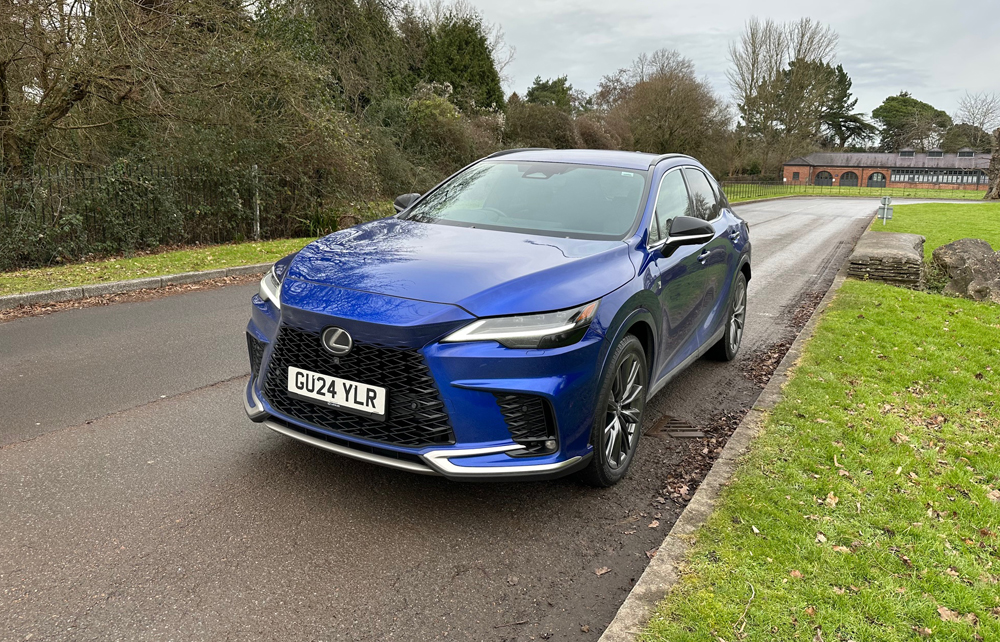
Lexus RX
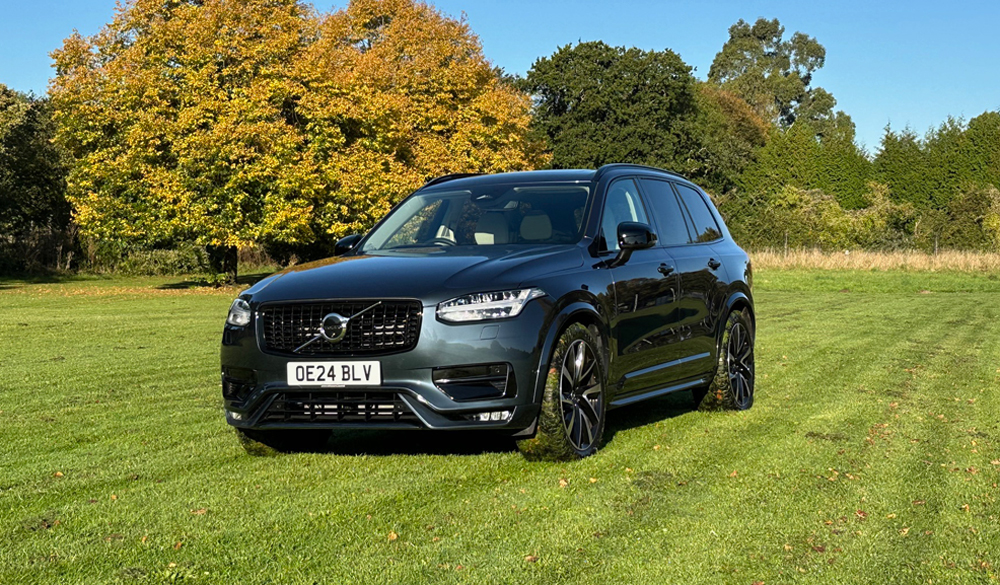
Volvo XC90

Honda CR-V

Kia Niro

Highlighted Lexus UX
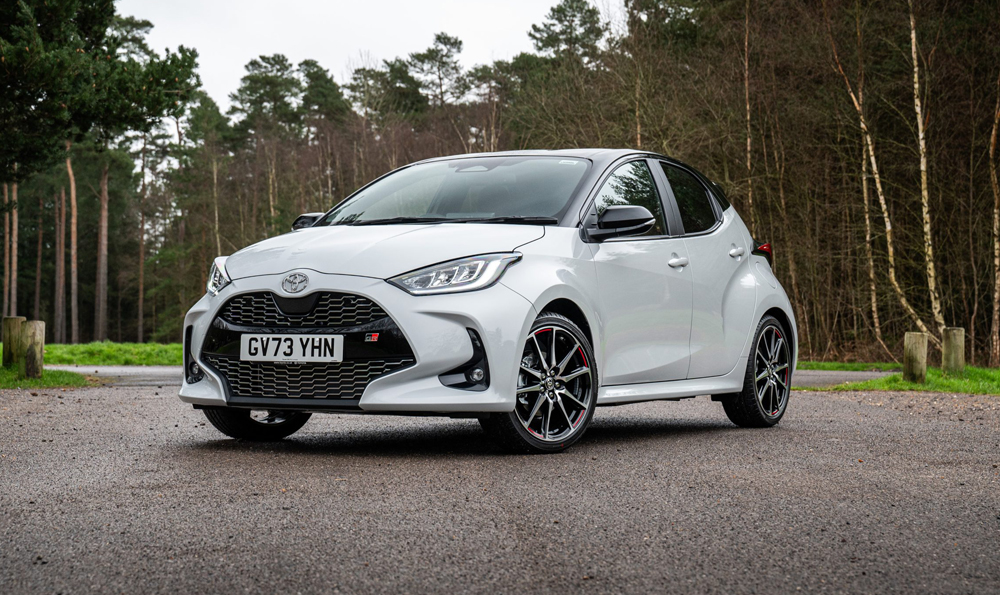
Toyota Yaris
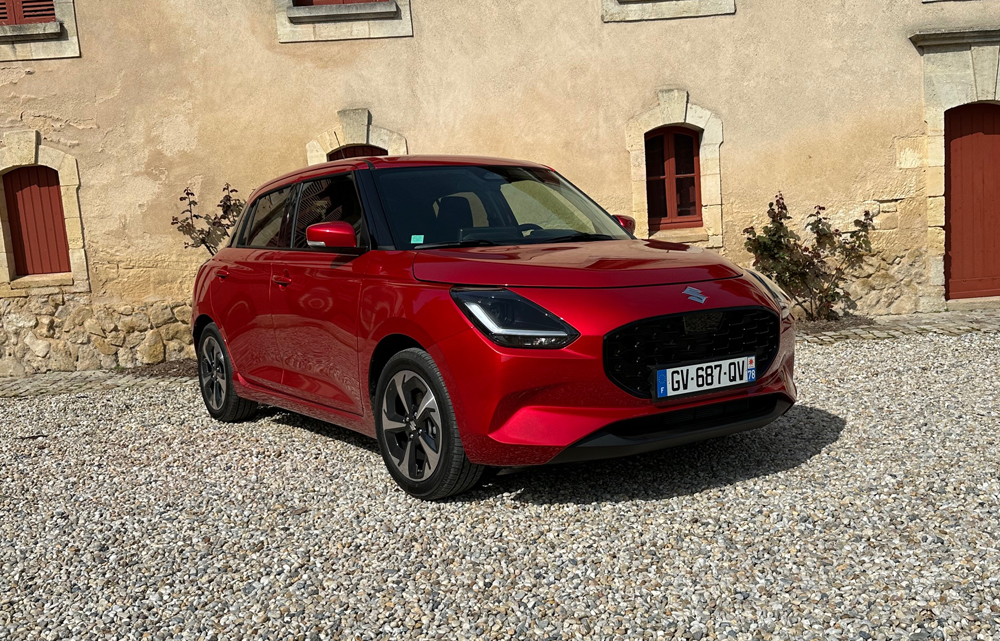
Highlighted Suzuki Swift
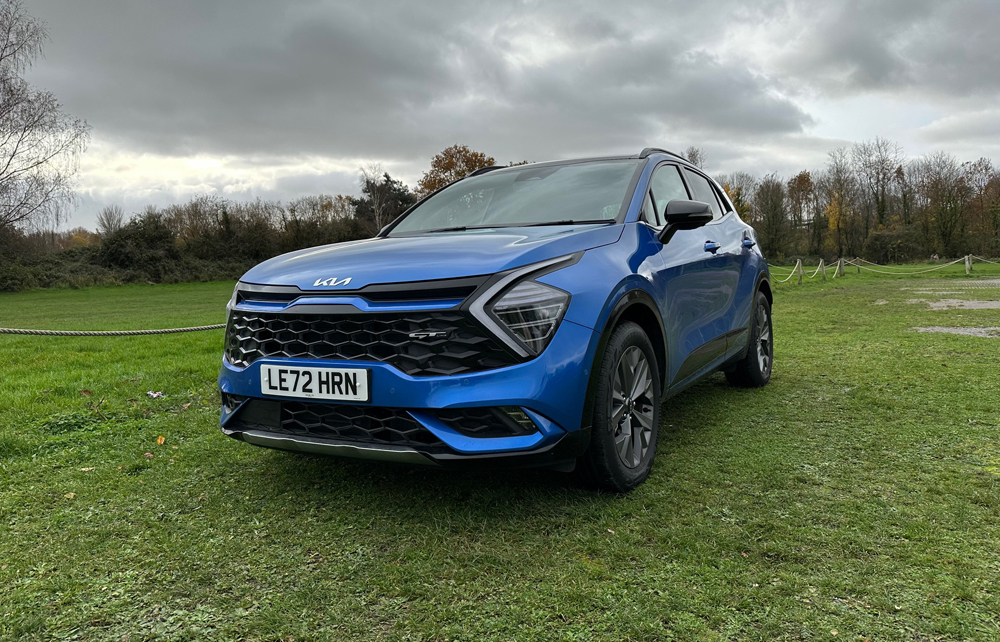
Kia Sportage
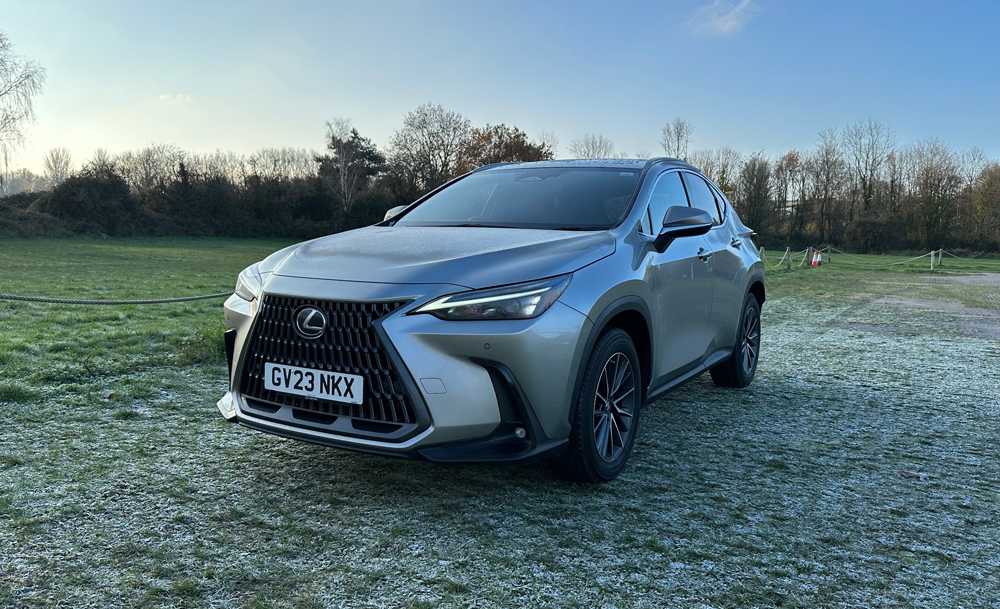
Lexus NX
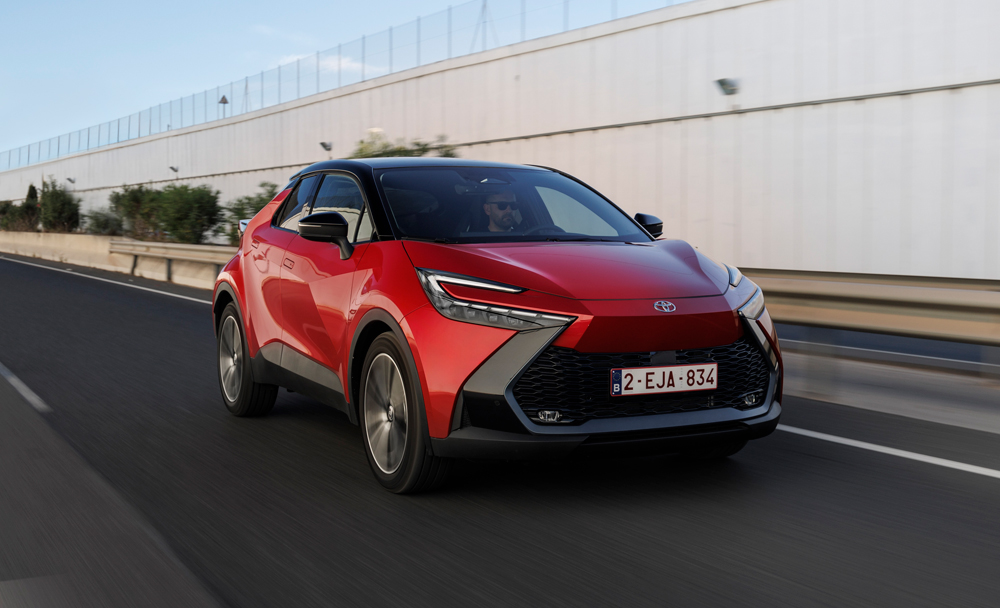
Toyota C-HR

Highlighted Toyota RAV4
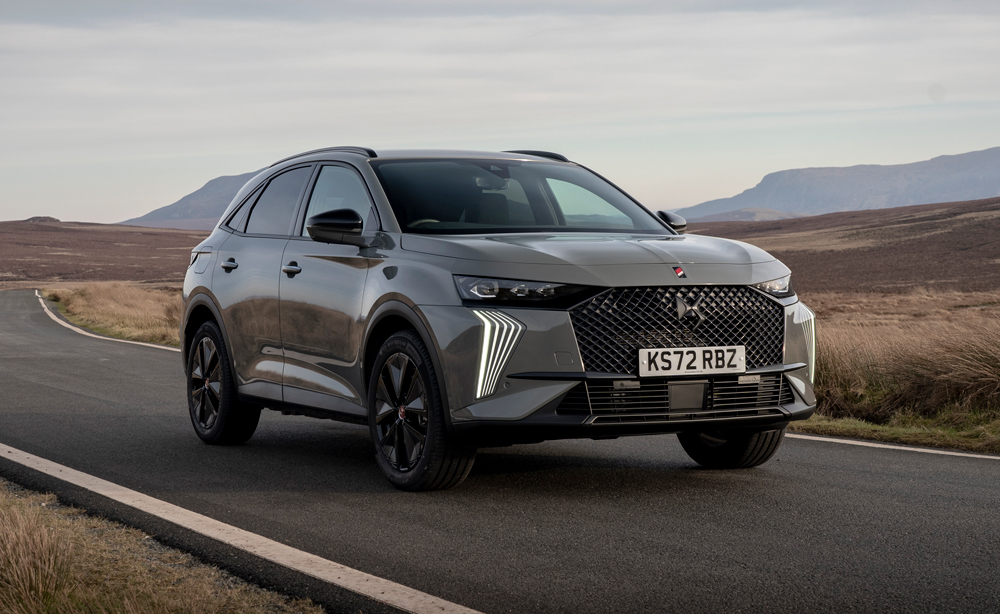
DS Highlighted DS 7
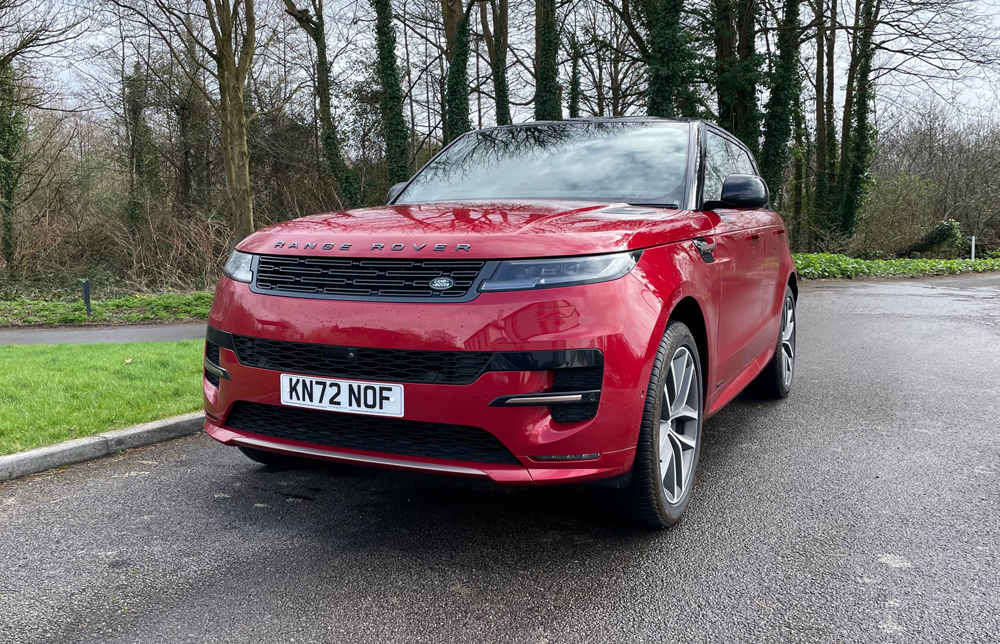
Land Rover Range Rover Sport
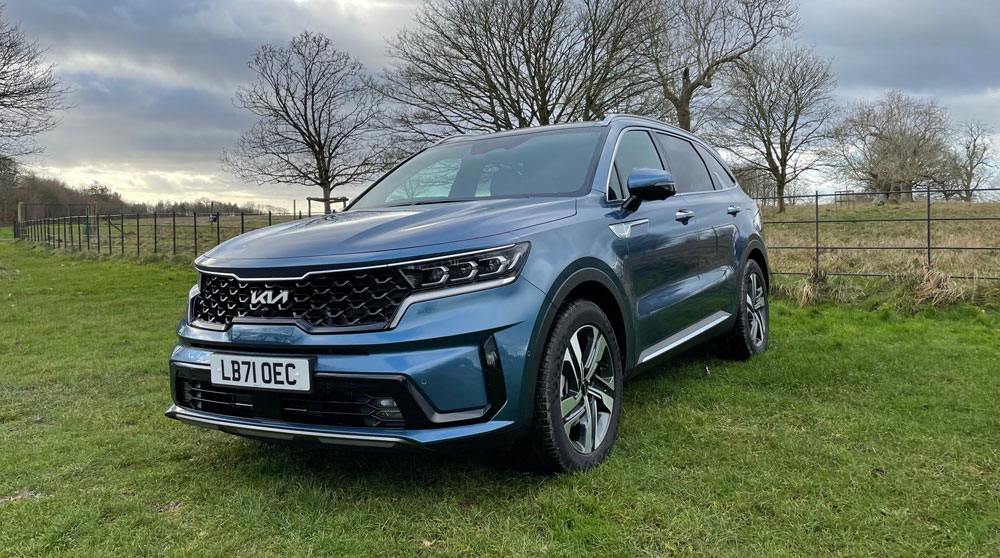
Kia Sorento
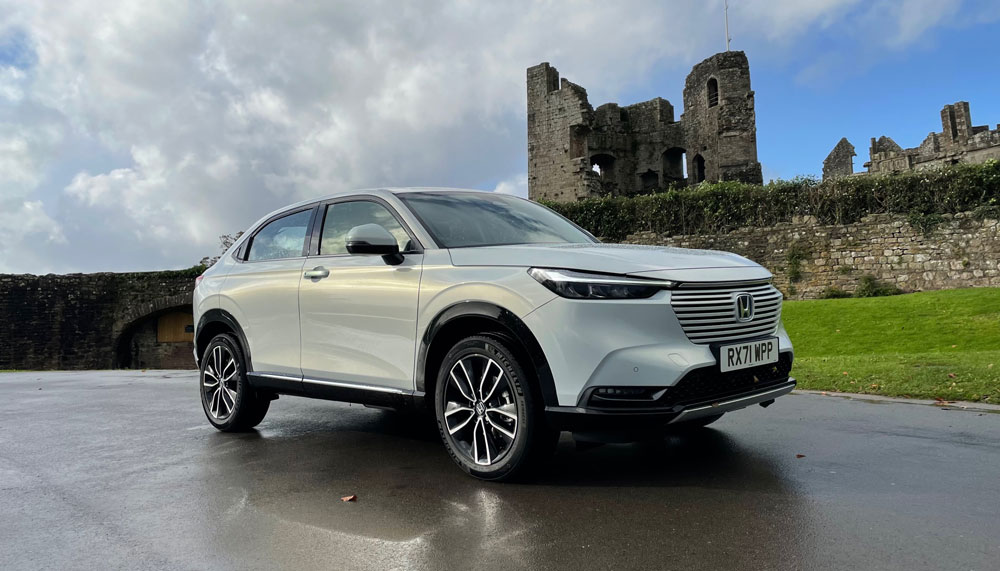
Honda HR-V
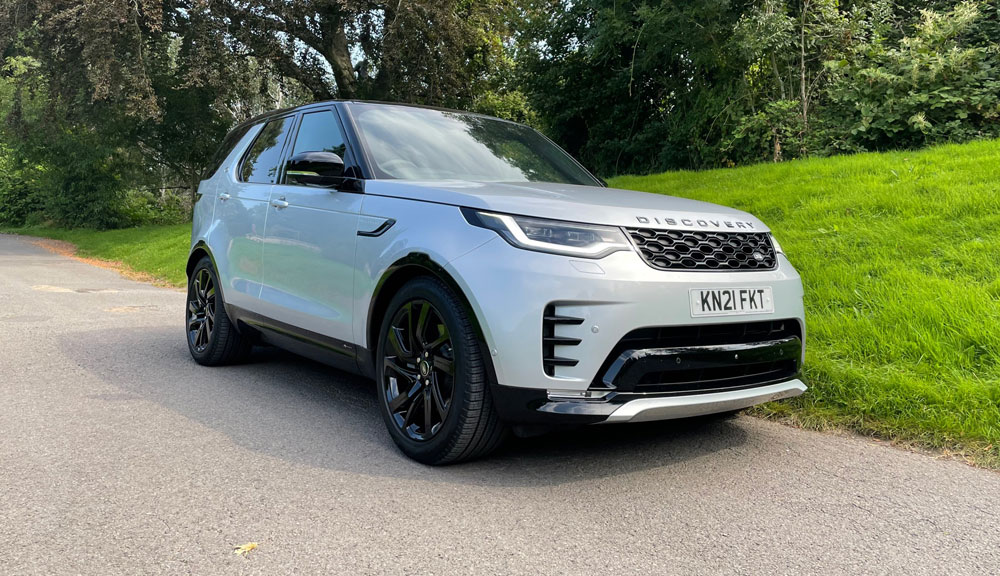
Land Rover Discovery
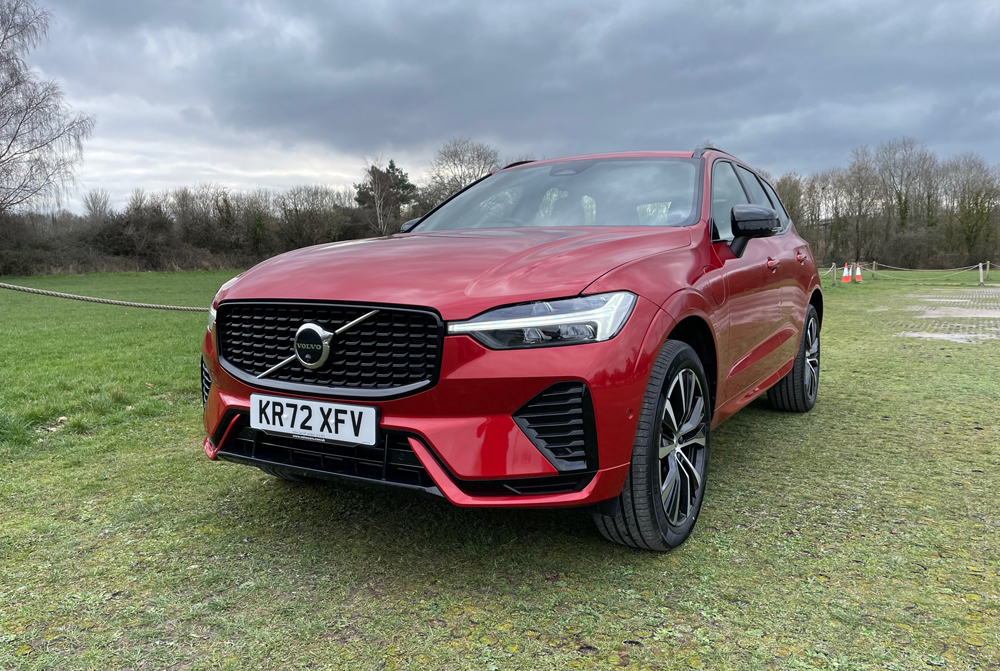
Volvo XC60

DS Highlighted DS 7
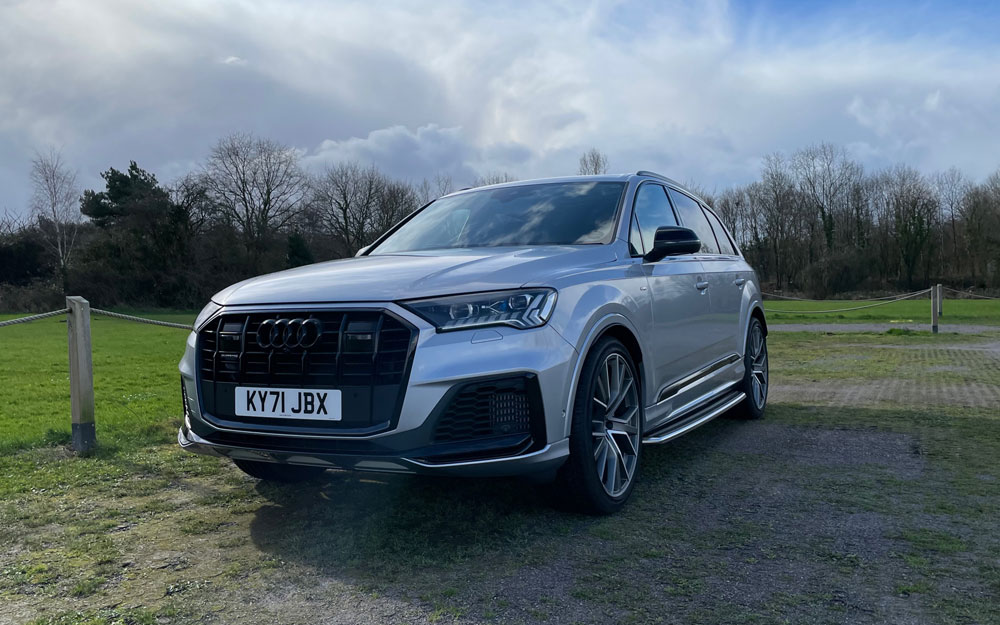
Audi Q7
